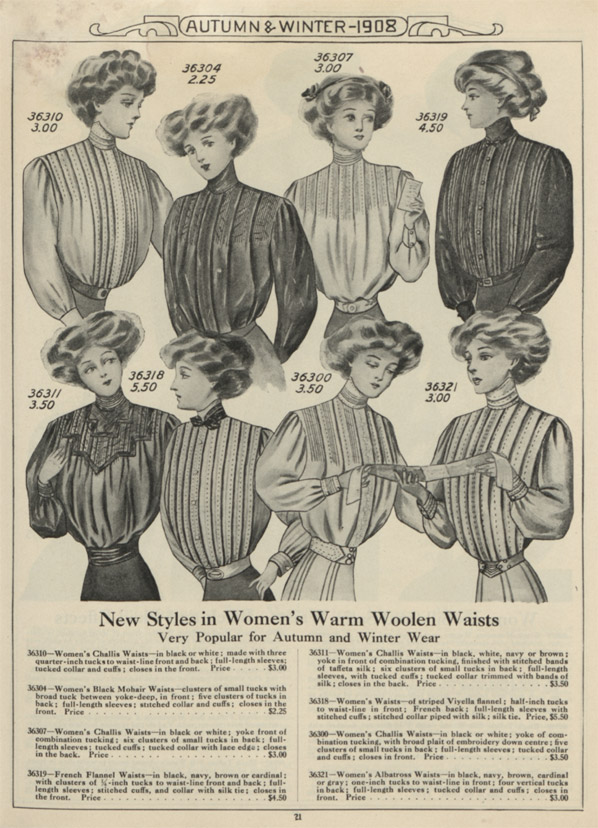With the holidays approaching, I will be taking a blogging break, but I will leave you with the lovely descriptions of the Christmas festivities as described in Heaven to Betsy:
Christmas was definitely in the air now, not only in the churches. In school both literary societies were preparing Christmas programs, and teachers were growing indulgent under the influence of the approaching holidays. Anna was involved with Christmas cookies, plum pudding, mince meat, and two kinds of fruit cake. Mrs. Ray had thought one kind enough, but Anna had said firmly that the McCloskeys always had two. (188)
The Ray house by this time was almost bursting with Christmas. Holly wreaths were up in all the windows. Mr. Ray had brought home candy canes; Washington had a red and green bow on his collar. And everyone had been warned by everyone else not to look in this or that drawer, or this or that closet. (194)
There was the usual Christmas Eve ritual. They decorated the tree. Betsy put on the golden harp from this year's shopping expedition with Tacy. She hung the red ball she had bought last year, the angel from the year before. | The tree stood in the dining room, and its candlelight mingled with the soft light from the fire in the grate as Julia went out to the piano and they all sang, "Oh Little Town of Bethlehem," "It Came Upon the Midnight Clear," "Hark, the Herald Angels Sing," and "Silent Night." | Then they gathered around the fire with Margaret in the circle of her father's arm, and Betsy read from Dickens' "Christmas Carol," the story of the Cratchits' Christmas Dinner. Margaret recited "'Twas the Night Before Christmas," and Julia read the story of Jesus' birth out of the Book of Luke. Later they turned out the lights to fill one another's stockings which were hung around the fireplace. (197)Have a blessed holiday season!












































